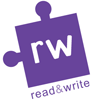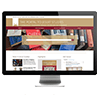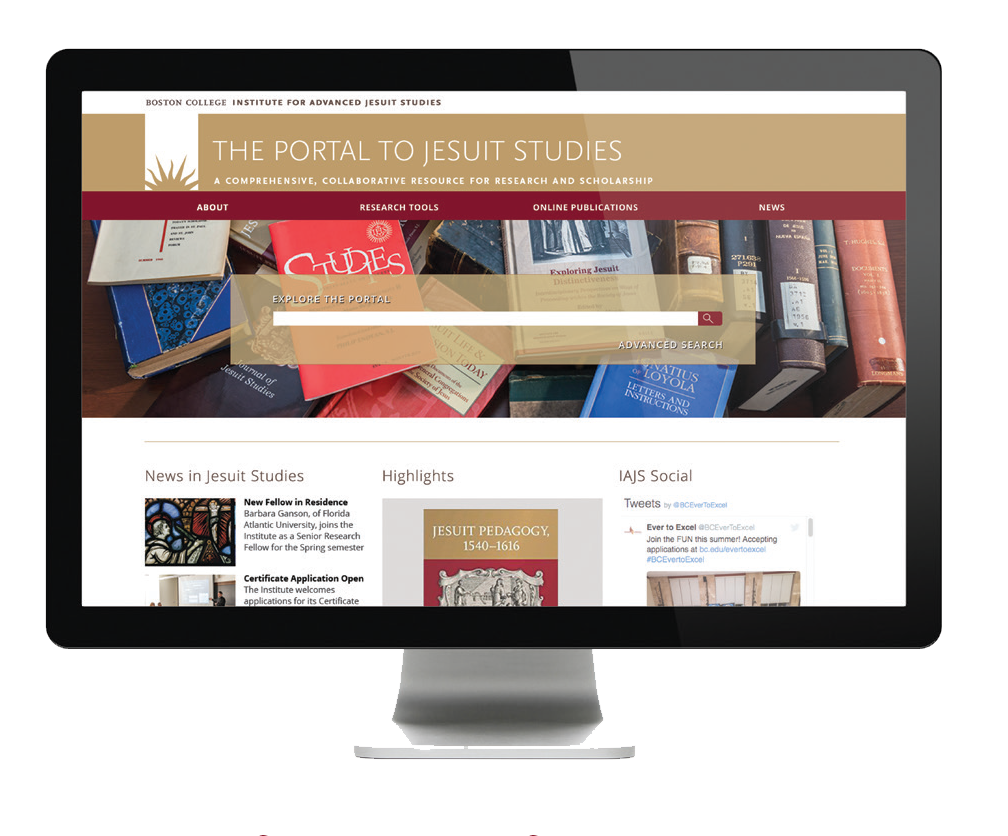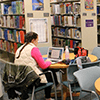In addition to providing support for the pursuits of all members of the Boston College community, the library staff is also very active in creating their own scholarship on a wide range of topics. Below are just a few of the many works recently published by members of our staff.
Senior Digital Scholarship Librarian Anna Kijas recently contributed several publications that range in disciplinary and subject matter. These publications include a lengthy blog post, “Engaging in Small Data Rescue,” Libraries+ Network, June 16, 2017, in which she describes data rescue efforts at Boston College during Endangered Data Week (April 17-21, 2017), as well as several initiatives for data rescue or data archiving of federal agency data, aims and strategies in rescuing IMLS and NEH data, and the actual workflow of pulling data and creating records in a shared CKAN repository.
In the article, “An Introduction to Getting Started in the Digital Humanities for Library Professionals,” Music Reference Services Quarterly, Vol. 20, Iss. 1, 2017, Kijas focuses on how activities that library professionals already engage in, such as digital asset management or metadata creation, can be leveraged in digital humanities work and skill-sets further developed through suggested online tutorials and resources.
In the area of musicology, Kijas published a book chapter entitled, ‘Teresa Carreño: “Such gifts are of God, and ought not to be prostituted for mere gain”‘ in Musical Prodigies: Interpretations from Psychology, Music Education, Musicology and Ethnomusicology, ed. Gary McPherson. Oxford University Press, 2016. In this chapter, she discusses nineteenth century perspectives about child prodigies related to health, intelligence, gender, and exploitation as evidenced in the criticism and reception of Teresa Carreño’s early U.S. concert tours (1863-65).
Betsy Post, Head of the Digital Libraries Program, wrote a working paper entitled “Embedding Metadata in PDF Finding Aids to Enhance Discoverability,” which describes an initiative to make it easier for Google and other search engines to find and index our Burns Library finding aids.
Head Librarian for Assessment & Outreach Carli Spina wrote an article for Theological Librarianship entitled “Libraries and Universal Design.” The article, which will appear in the forthcoming issue of the journal, offers an overview of the topics of Universal Design and Universal Design for Learning (UDL) and suggests options for libraries that are interested in applying these concepts to their own spaces, services, and programs.
Chelcie Rowell, Digital Scholarship Librarian & History Liaison, co-authored an article published in College & Undergraduate Libraries entitled “Project Management for Digital Projects with Collaborators Beyond the Library” with Theresa Burress. The article argues that librarians and their diverse collaborators can apply project management practices to a broad range of research, teaching, and learning projects with collaborators beyond the library. It offers two case studies to illustrate this argument, one from each author’s experience: creating a community biodiversity wiki for West-Central Florida and redesigning an interdisciplinary first-year seminar around creating 3-D models of historic Venetian buildings. She also published a review of Linked Data for Cultural Heritage in Technical Services Quarterly.
Burns Librarian Christian Dupont has published the first two articles in a series of eight on Burns Library’s renowned Irish collections in the Irish Arts Review, Ireland’s leading art and design quarterly. Each vignette examines a thematic selection of artworks, situating them in their historical and social contexts by drawing on archival evidence. The first installment, for the summer 2017 issue, features the stained glass windows that Boston College librarian Terence Connolly, SJ commissioned for the James Jeffrey Roche Room in Bapst Library in 1951—a reflection of the nationalist sentiment in Irish art that flourished around the establishment of the Republic and its contemporary resonance among the Irish of Boston. The second contribution, for the fall 2017 issue, considers the irony behind the Library’s use of monies from a defunct revolutionary Catholic nationalist organization (a club named after Fenian John Boyle O’Reilly) to purchase a deluxe set of hand-colored aquatint engravings depicting Anglo-Irish architectural monuments of Georgian Dublin.
Emily Singley, Head Librarian for Systems & Applications, co-authored an article for the Journal of Electronic Resources Librarianship with Jane Natches. Entitled “Finding the Gaps: A Survey of Electronic Resource Management in Alma, Sierra, and WMS,” the study sought to determine whether libraries that have implemented a next-generation library system are able to complete electronic resource management (ERM) workflows entirely within that system. Responses indicated that there are gaps in workflows and that many libraries are still performing core ERM tasks outside these three systems. The study concluded that these systems may require further development before they are able to fully support complex ERM processes.


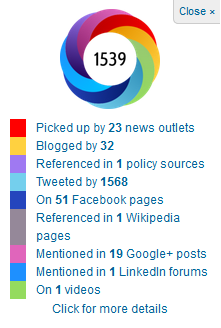
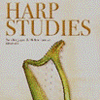



![The inscription reads: Do Recholhim[en]to De Coimbra.](https://library.bc.edu/newsletter/wp-content/uploads/2017/09/image005.jpg)
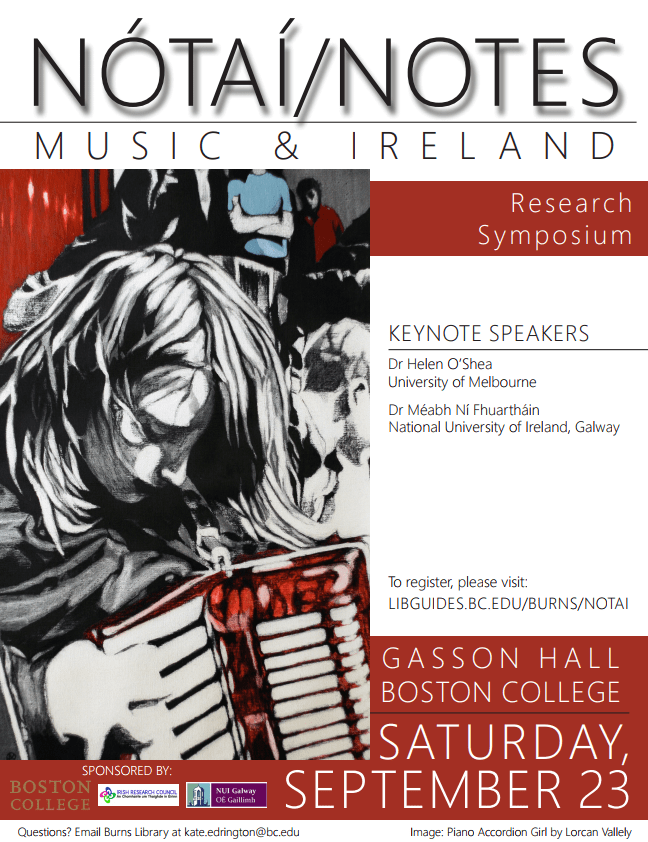
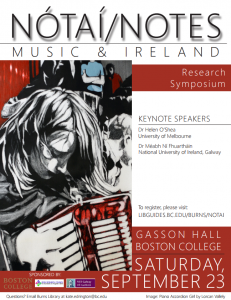 On September 23, a full-day symposium organized by the National University of Ireland Galway and Boston College will capitalize on music-related scholarship happening globally. The
On September 23, a full-day symposium organized by the National University of Ireland Galway and Boston College will capitalize on music-related scholarship happening globally. The 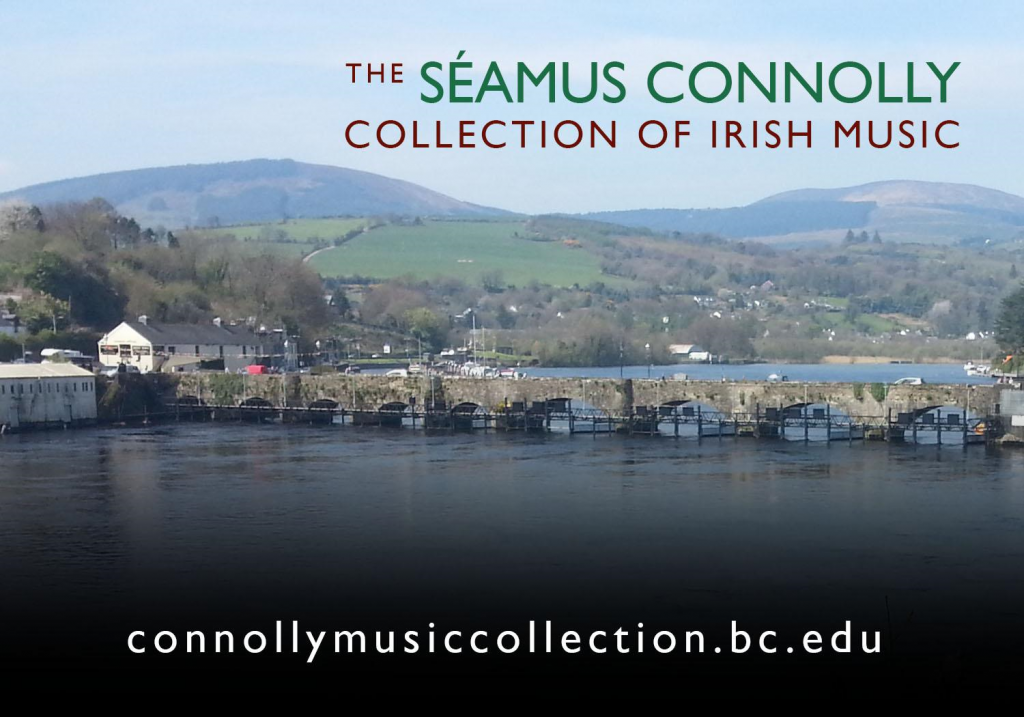
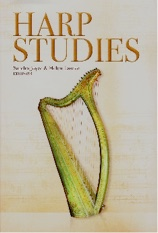 On Wednesday October 18th at 6:00 p.m., the Burns Library will host scholar/performers Helen Lawlor and Sandra Joyce. Lawlor and Joyce, who co-edited
On Wednesday October 18th at 6:00 p.m., the Burns Library will host scholar/performers Helen Lawlor and Sandra Joyce. Lawlor and Joyce, who co-edited 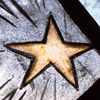




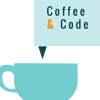
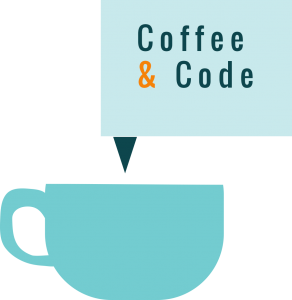 The
The 